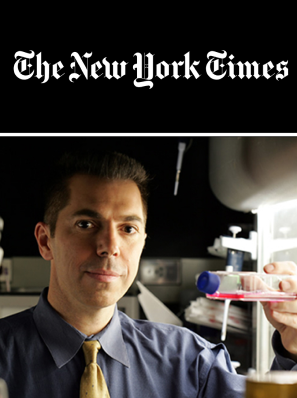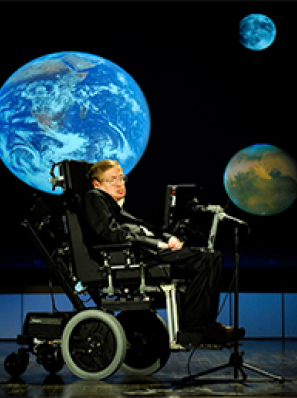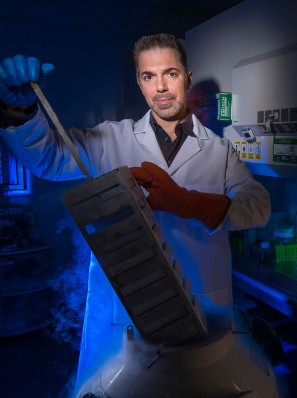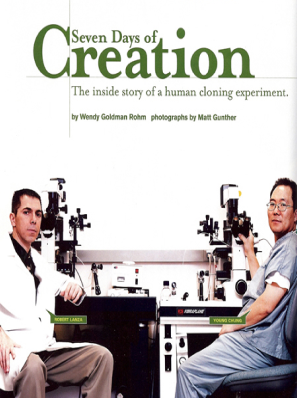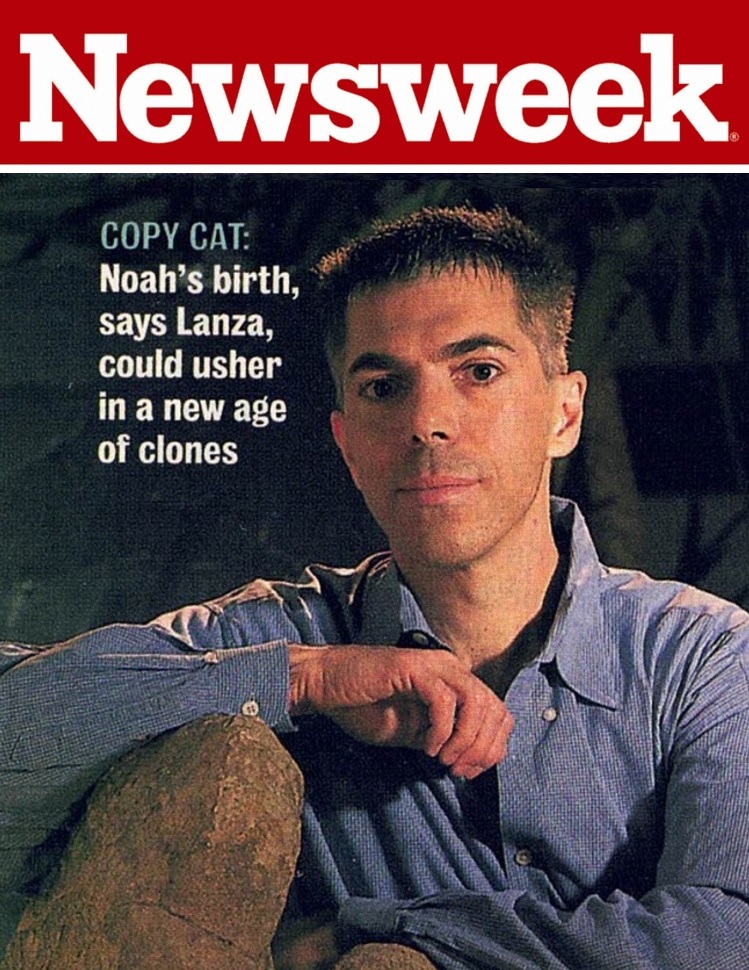By Shi-Jiang Lu, Qiang Feng, Jennifer Park, Loyda Vida, Bao-Shiang Lee, Michael Strausbauch, Peter Wettstein, George Honig, Robert Lanza
Human erythropoiesis is a complex multistep process that involves the differentiation of early erythroid progenitors to mature erythrocytes. Here we show that it is feasible to differentiate and mature human embryonic stem cells (hESCs) into functional oxygen-carrying erythrocytes on a large scale (1010 to 1011 cells/six-well plate hESCs). We also show for the first time that the oxygen equilibrium curves of the hESC-derived cells are comparable to normal red blood cells (RBCs) and respond to changes in pH and 2,3-diphosphoglyerate. Although these cells mainly expressed fetal and embryonic globins, they also possessed the capacity to express the adult definitive β-globin chain upon further maturation in vitro. PCR and globin chain specific immunofluorescent analysis showed that the cells increased expression of β-globin (increased from 0% to over 16%) after in vitro culture. Importantly, the cells underwent multiple maturation events, including a progressive decrease in size, increase in glycophorin A expression, and chromatin and nuclear condensation. This process resulted in extrusion of the pycnotic nuclei in up to over 60% of the cells generating RBCs with a diameter of approximately 6-8 μm. The results show that it is feasible to differentiate and mature hESCs into functional oxygen-carrying erythrocytes on a large scale.





